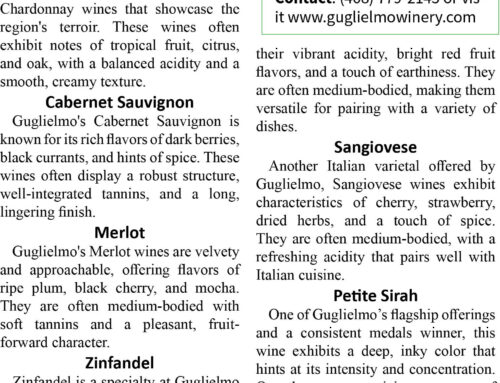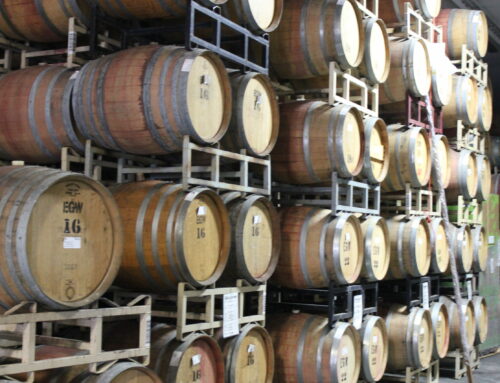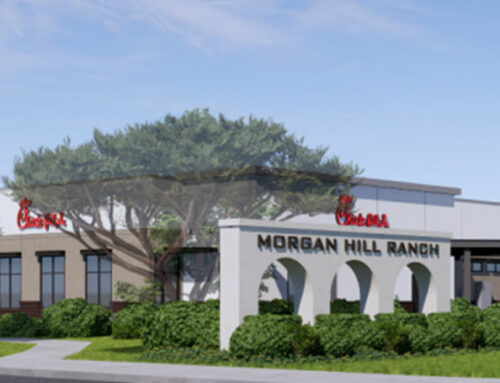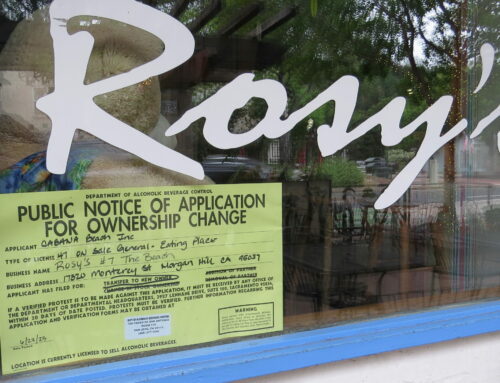Only sparkling wines made in northeast France can be called ‘Champagne’
Published in the December 24, 2014 – January 6, 2014 issue of Morgan Hill Life
By Cindy Adams
This is that wonderful time of the year when the sound of popping corks will be heard in many households. Whether you’re enjoying Champagne, Prosecco, Cava, or Sparkling Wine, “bubbles” make any occasion a festive one. So, when you go to the store, or look at a restaurant menu and you see several different names for sparkling wine, how do you know what to choose? Aren’t they all the same thing? And, why isn’t it all called Champagne?
Many countries produce a sparkling wine and, for many years, it was all called “Champagne.” Then, in the early 19th century, the French wine community felt their Champagne region’s name was being sullied by bad quality sparkling wines, so they put a law into place that only sparkling wines made in that region (located in the northeastern part of France) could legally be called Champagne.
In fact, even sparkling wines made in other parts of France can’t be called Champagne — it is called Cremant. Champagne is made with three different grapes, either singly or as a blend: Chardonnay, Pinot Noir or Pinot Meuniere. So, if you see a bottle labeled “Champagne” you know where it came from.
But what if you see a bottle labeled “Cava,” or “Prosecco”? These are both lighter style, dry sparkling wines. Cava is made in Spain, particularly in the Catalonian Region.
The grapes used in this wine are Macabeo, Xarello and Paralleda. If you buy a bottle of Prosecco, you are purchasing a sparkling wine produced in Italy which is made largely in the Venezio Region in the northeast (which includes Venice).
Prosecco is produced largely with the Glera grape, which is widely planted in that region. Other countries make sparkling wines as well, most notably Australia, which makes a red sparkling from the Shiraz (Syrah) grape.
In the United States, most sparkling wine is produced in California. While there are no limitations on which wines can be used, most are made from Chardonnay and/or Pinot Noir.
In the United States, certain sparklings may be labeled as champagne as long as the place of production is added to it, such as “California Champagne.” Any labels approved after March 10, 2006, however, are not allowed to use that term and those labels will most likely read “Sparkling Wine.”
Whatever type you choose, however, there are a few guidelines to be aware of to best enjoy your “bubbles.”
First of all, chill it well. Optimum temperature is about 40 degrees. Not only will the wine taste better when it’s chilled, but if it’s too warm when you open the bottle the wine will shoot out of the top — and you don’t want to waste good wine!
Speaking of opening it, you need to be very cautious when opening a bottle of sparkling wine, since the contents are under pressure. Remove the foil, then remove the cage by pulling out the coiled end and twisting it (usually six times).
Once you loosen the cage, be sure your thumb is over the cork and that the bottle is pointed away from people and breakable objects, because the cork canpop out. After that, the easiest way to remove the cork is to twist it gently until you feel it begin to release.
If done correctly, it should make a slight hissing sound (some say, “like a French woman’s sigh”) when it comes out. However, it does make for more of a celebration when the cork opens with a resounding POP!
Happy Holidays everyone, and may sparkling wine be a joyous part of your merriment!
Cindy Adams, CS, CSW, is the director of retail operations at Guglielmo Winery.






